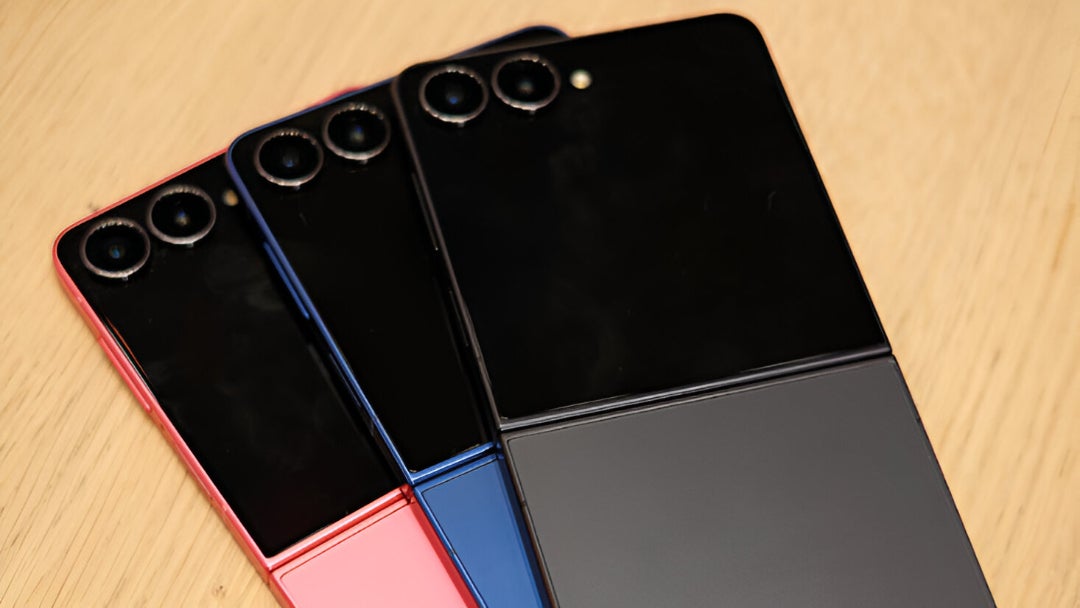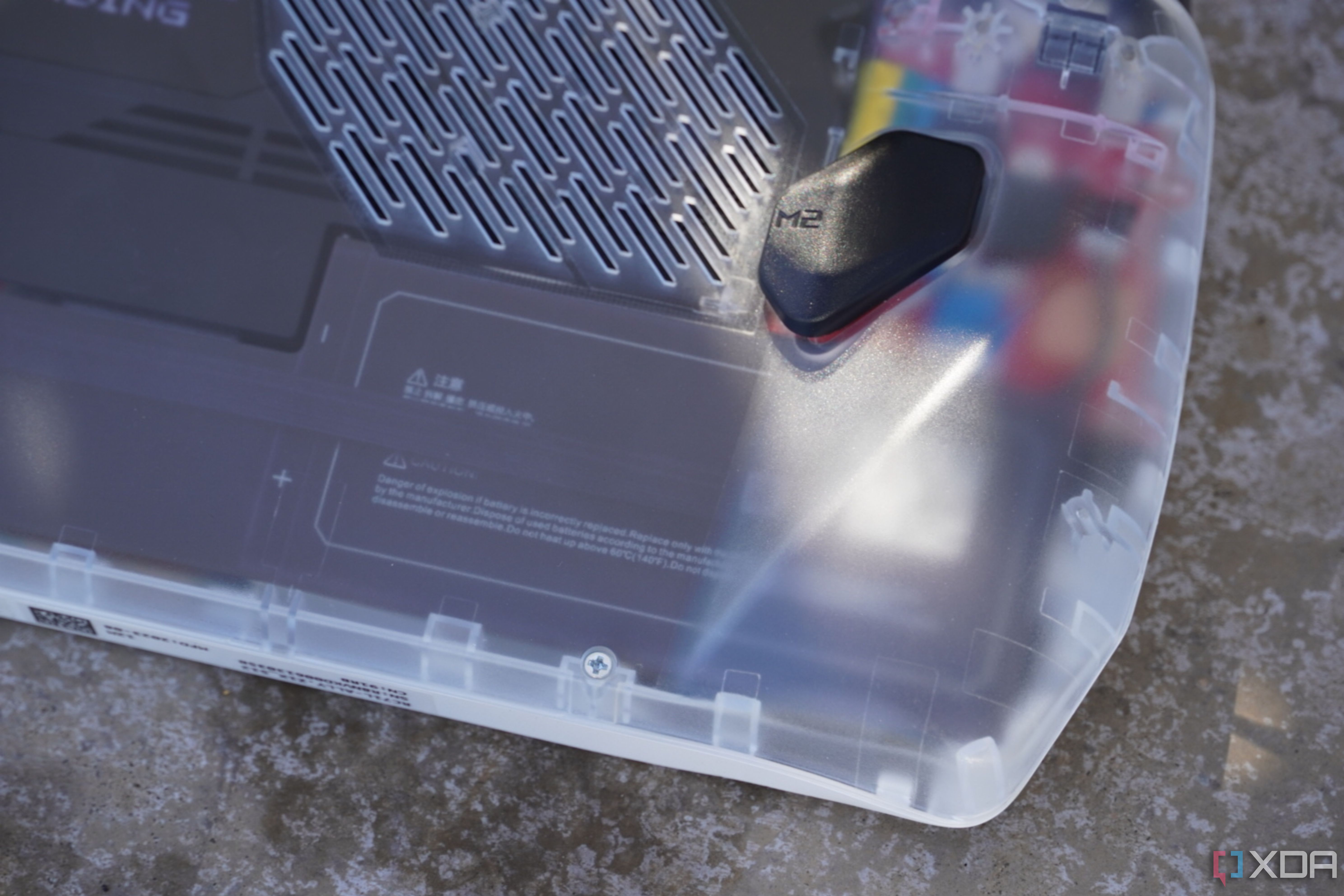Batteries
Recent Articles
Sort Options:

Still use AA batteries? Save now and in the future with these rechargeable batteries deal
Manufacturers continue to release devices that require AA batteries, prompting a shift towards rechargeable options. The publication highlights a great deal on SINCEHOLY Lithium AA Rechargeable Batteries, available now for $14.99, offering significant savings.

Battery Life and Health 2.0
A recent article explores innovative designs for batteries, highlighting advancements that enhance efficiency and sustainability. The publication emphasizes the importance of these developments in powering the future and reducing environmental impact, making battery technology more appealing to consumers.

Smartphone batteries are finally getting the upgrades we deserve
Smartphone batteries are set for significant upgrades, promising enhanced performance and longevity. This exciting development is expected to revolutionize user experience, making devices more efficient and reliable than ever before. Stay tuned for these advancements in mobile technology.

6 battery myths we need to stop wasting energy on
Despite the prevalence of battery technology in daily life, numerous myths and misinformation persist. The article highlights the crucial role of lithium-ion batteries in powering laptops, gaming devices, smartphones, and electric vehicles, emphasizing their impact on modern electronics.